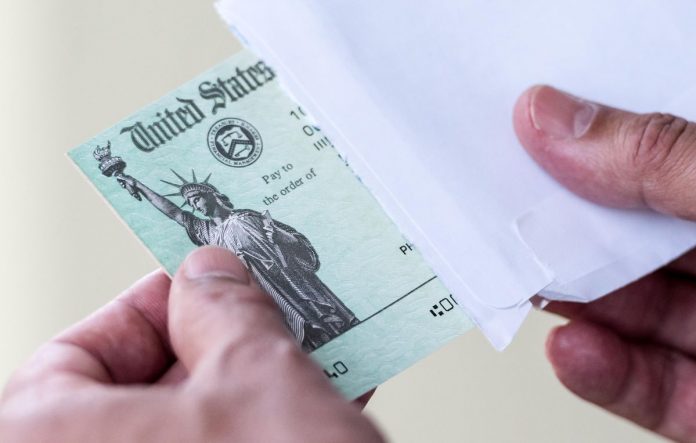Republicans are expected to introduce a bill today that outlines their plan for the next economic stimulus package. It would be the CARES Act 2, as many of the provisions written into the first bill are expiring, leaving many unemployed Americans with few ways to pay their bills and no protection from eviction. Here are some of the key items included in the Republican bill:
$1,200 stimulus payment for taxpayers (with the same income restrictions and requirements as the first stimulus payment)
Modification of the federal unemployment boost: Instead of the $600 weekly benefit to all unemployment recipients, the bill would supplement state’s benefits to provide approximately 70% wage replacement for individuals (making it impossible for beneficiaries to earn more on unemployment than they did working)
Re-employment bonuses, retention bonuses and tax credits for small businesses and restaurants
Extends the federal moratorium on evictions against people who live in properties with federally-backed mortgages
Timeline
- After Republicans introduce the bill today, lawmakers in both the House and Senate will negotiate the terms.
- The deadline for passing the bill is August 7.
- It would then move to President Trump’s desk for his signature.
- U.S. Treasury Secretary Steve Mnuchin said that checks will be sent out sometime in August.
What if you never received the first stimulus payment?
Those who haven’t received their stimulus checks yet can use the Get My Payment tool on the IRS website to track the status of their payment.
If the tool shows your payment was issued, or you received a notice in the mail, but you have not received it, you can request a Payment trace by calling the IRS Economic Impact Payment line at 800-919-9835.
If you filed a 2018 or 2019 tax return or receive government benefits, the IRS should automatically send your check without you having to do anything.
If, however, you’re a US citizen or permanent resident, had a gross income in 2019 under $12,200 — or $24,400 as a married couple — and didn’t file a return for 2018 or 2019, you may need to give the IRS a bit of information before it can process your payment. Head to the Non-Filers site and see if the IRS needs something from you.













